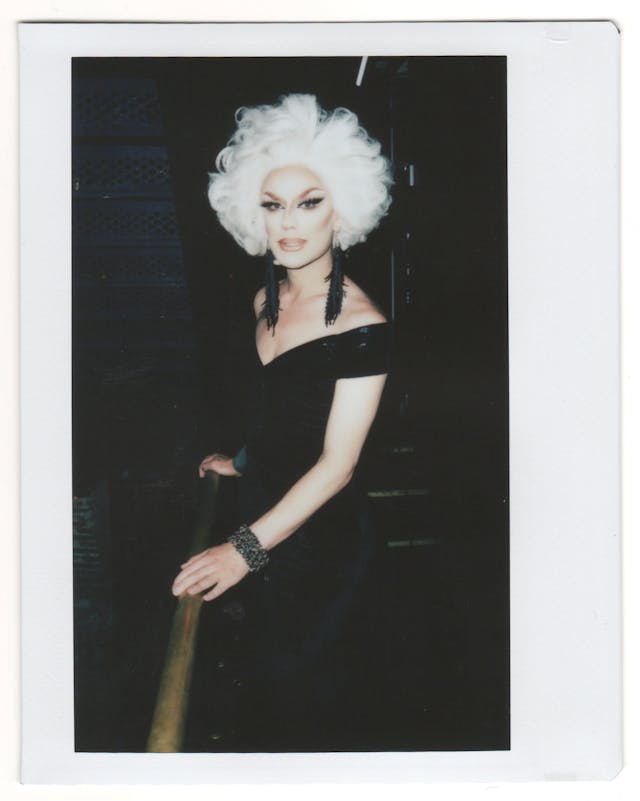
I met my first drag queen at the age of 18 at The Gallery, a gay bar that I’d frequent in Providence, RI. It was the “place to be” when it came to disco back in the 1970s and it’s where I made friends and learned more about who I was. One night a week the upstairs stage would come alive with beautiful drag performers. It was magical. But, it was my friends April (whose given name I can’t remember), Paulette (Paulie Bricker), and Tisha (Brian Belovitch) who were there to help. The three of them were my glamorous friends and I was a short, thin, flat-chested, actress/dancer-type who never felt pretty. These women brought me (and my bestie Donna) into their fold and taught me how to tape up my chest and put on makeup. They did my hair, dressed me up, and gave me a hit on the behind to send me out of the ladies’ room and into the bar. What I lacked in those skills I made up for once I hit the dance floor. I was the girl that everyone wanted to dance with, but without the confidence that they helped me discover, I probably wouldn’t be who I am today. I owe a lot to the queens who helped me come out of my shell.
There is so much misunderstanding about drag, so I thought that I’d open the door and introduce the history of drag performers to those who have never had the experiences that I have.
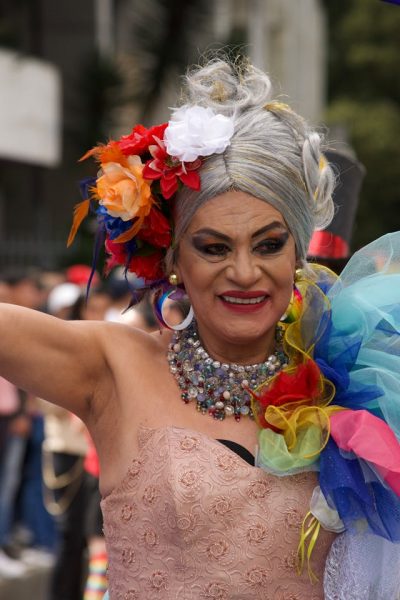
Drag:
In the dazzling world of entertainment, few art forms captivate and challenge societal norms quite like drag performances. Bursting with creativity, flamboyance, and unapologetic self-expression, drag has a rich history steeped in both celebration and protest. From its humble beginnings in the clandestine corners of society to its mainstream recognition today, drag has evolved into a powerful force for inclusivity, acceptance, and artistic expression. I’m hoping to take you through the captivating history of drag performances, exploring its origins, milestones, and cultural impact.

Julian Eltinge as a female impersonator in the Fascinating Widow, early 1910s
Origins:
The roots of drag can be traced back through centuries of human history, intertwined with cultures across the globe. Early examples of gender-bending performances can be found in ancient civilizations, where men would portray female roles in theatrical productions and religious ceremonies. In Japan, the art of Kabuki theater featured onnagata, male actors who specialized in portraying female characters with exquisite costumes and elaborate makeup.
In Western culture, the tradition of men playing female roles on stage dates back to the Elizabethan era, when laws prohibited women from acting. Shakespearean plays, such as “Romeo and Juliet,” saw young male actors don dresses and wigs to portray female characters, adding layers of complexity to the performance.
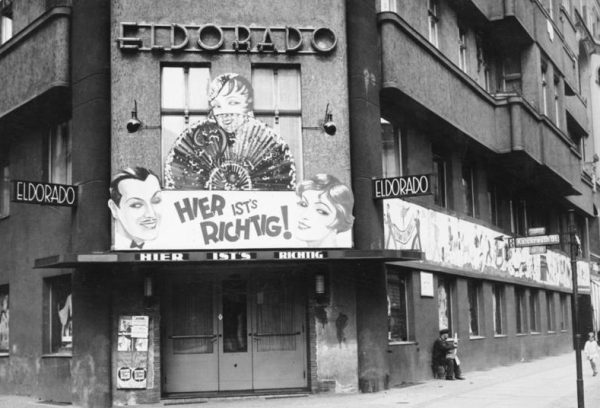
Berlin: Das Vergnügungsetablissement “Eldorado” an der Ecke Motz- und Kalckreuthstraße.
However, it was in the underground cabarets and theaters of 19th-century Europe that drag began to take on a more subversive and theatrical form. In cities like Paris and Berlin, performers known as “female impersonators” dazzled audiences with their extravagant costumes, exaggerated mannerisms, and witty performances. These early drag queens defied societal expectations of gender and sexuality, carving out a space for themselves in the vibrant world of nightlife.
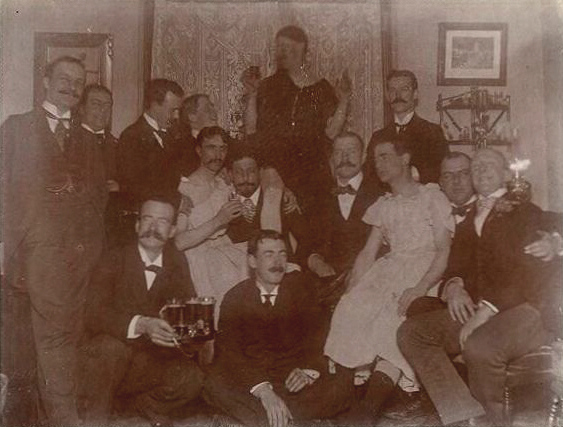
Drag Ball at a Private Home photo by McAlbin and Lamb, USA
The Rise of Drag Culture:
The 20th century witnessed the emergence of drag culture as a distinct and vibrant subculture. In the United States, the Harlem Renaissance of the 1920s provided a fertile ground for the flourishing of drag balls, where Black and Latino queer communities came together to celebrate and showcase their creativity. These balls, often held in secret locations due to societal stigma, featured elaborate costumes, fierce competitions, and performances that pushed the boundaries of gender expression.
One of the most iconic figures of this era was William Dorsey Swann, a formerly enslaved man who became known as the “Queen of Drag” in Washington D.C. Swann organized extravagant drag balls in the late 19th century, defying both racial segregation and laws prohibiting cross-dressing. His courageous defiance laid the groundwork for future generations of drag performers to challenge societal norms and demand visibility and respect.
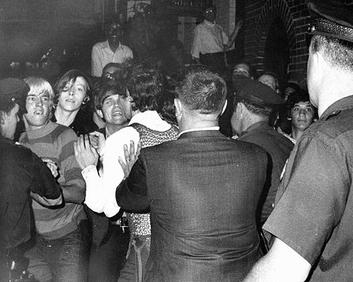
The only known photo of the STONEWALL UPRISING Photographer: Joseph Ambrosini
The Stonewall Riots of 1969 marked a turning point in the history of drag and LGBTQ+ rights. Following a police raid on the Stonewall Inn, a popular gay bar in New York City, patrons fought back against police brutality, sparking days of protests and demonstrations. Drag queens, and transgender women of color such as Marsha P. Johnson and Sylvia Rivera, played a pivotal role in the resistance, leading the charge for LGBTQ+ rights and visibility. Their fearless activism helped galvanize the modern LGBTQ+ rights movement and cemented drag as a symbol of resistance and liberation.
Mainstream Recognition:
In the latter half of the 20th century, drag began to gain mainstream recognition, thanks in part to the rise of gay liberation movements and the increasing visibility of LGBTQ+ communities. Television shows like “The Milton Berle Show” and “The Ed Sullivan Show” featured drag performers, albeit often in a comedic or sensationalized manner.
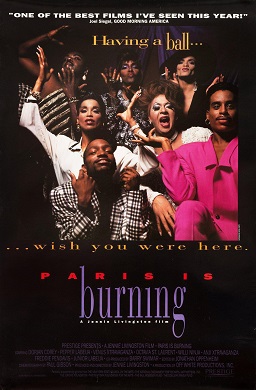
Paris is Burning from IMDb
However, it was the groundbreaking documentary “Paris is Burning” (1990) that brought drag culture into the spotlight and introduced audiences to the vibrant world of New York City’s ballroom scene. Directed by Jennie Livingston, the film offered an intimate look into the lives of Black and Latino drag queens and transgender individuals, highlighting their creativity, resilience, and struggles against systemic oppression.
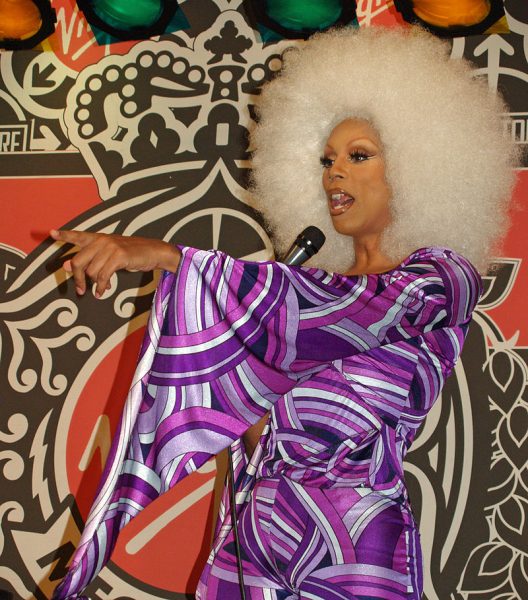
Ru Paul photo by David Shankbone
In the 21st century, drag has experienced a renaissance, propelled by the global success of reality television shows like “RuPaul’s Drag Race.” Created by drag icon RuPaul, the show has become a cultural phenomenon, showcasing the artistry and talent of drag performers while bringing discussions of gender identity and LGBTQ+ issues into mainstream consciousness. “RuPaul’s Drag Race” has not only elevated the profiles of drag queens but has also sparked a newfound appreciation for drag culture among audiences worldwide.
Impact and Legacy:
Drag performances have left an indelible mark on both the entertainment industry and society at large. Beyond the sequins and stilettos, drag serves as a platform for self-expression, empowerment, and community building. For many LGBTQ+ individuals, drag offers a space to explore and celebrate their identities, while challenging societal norms and expectations.
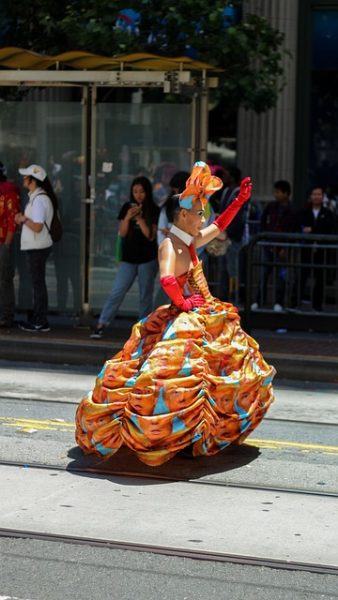
Moreover, drag has played a crucial role in advocating for LGBTQ+ rights and visibility. From the streets of Stonewall to the halls of Congress, drag queens and kings have been at the forefront of the fight for equality, using their platforms to raise awareness and demand justice for marginalized communities.
In addition to its cultural and political significance, drag continues to inspire and entertain audiences around the world. From sold-out drag brunches to extravagant drag conventions, the popularity of drag shows and events continues to soar, attracting diverse audiences of all ages and backgrounds.
Conclusion:
In a world often constrained by rigid gender roles and societal expectations, drag performances offer a glittering oasis of freedom, creativity, and self-expression. From its humble beginnings in the shadows of society to its mainstream recognition today, drag has evolved into a powerful form of art and activism, challenging norms, celebrating diversity, and spreading joy to audiences worldwide. As we look to the future, let us continue to celebrate and uplift the voices of drag performers, ensuring that their legacy of resilience, courage, and fabulousness endures for generations to come.
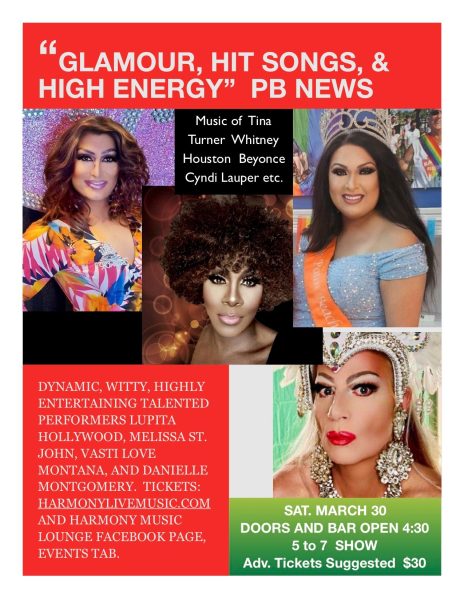
My favorite drag performers
In today’s political climate, the art of drag continues to be a potent force for social change and self-expression. Drag performers face ongoing challenges in securing their rights to perform freely and without discrimination. As I reflect on the rich history of drag, it becomes clear that supporting these artists means advocating for inclusivity, diversity, and equality in all aspects of society.
We must work to dismantle systemic barriers that prevent drag performers from accessing opportunities and experiencing equal treatment. This involves advocating for anti-discrimination laws, promoting LGBTQ+ rights, and creating safe spaces where drag artists can thrive without fear of prejudice or violence. Additionally, supporting drag events, venues, and organizations financially and through active participation helps ensure that these vibrant and essential art forms continue to flourish.
By championing the rights of drag performers, we not only honor their contributions to culture and entertainment but also contribute to the broader struggle for justice and equality for all. It is important to continue to celebrate and uplift drag as a powerful form of expression and resistance, ensuring that every performer can take the stage with pride and without limitations.

